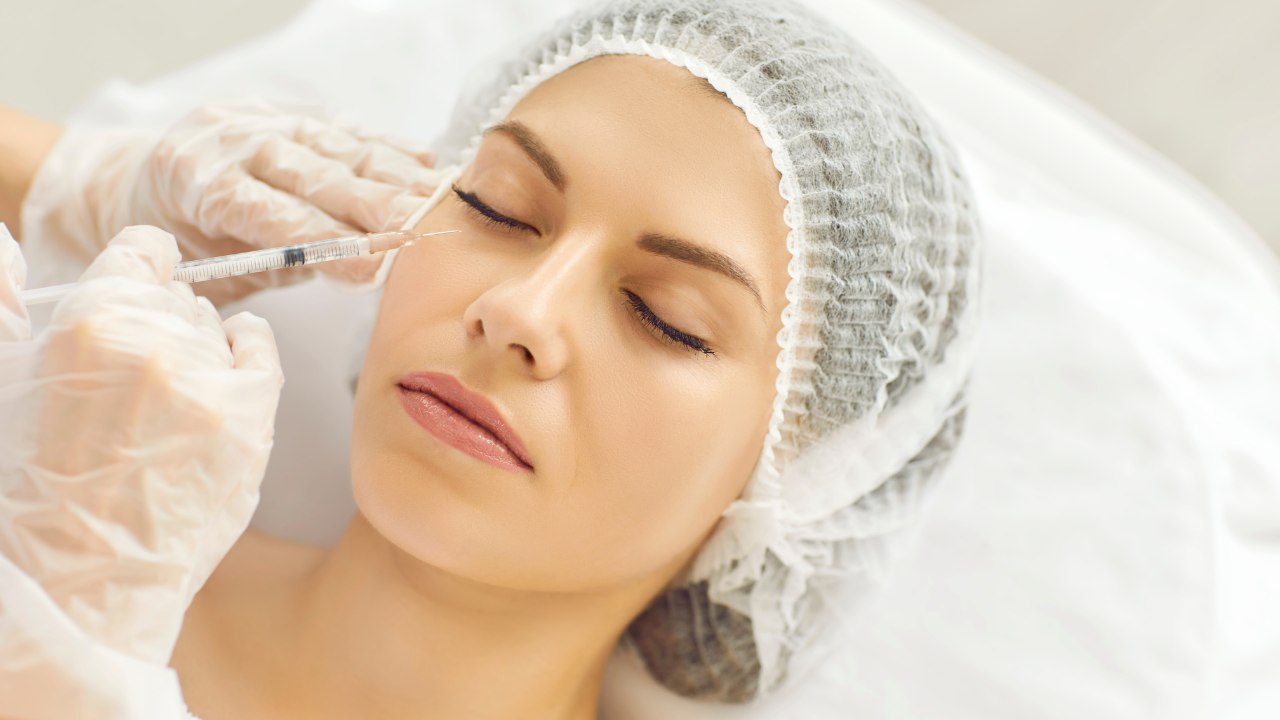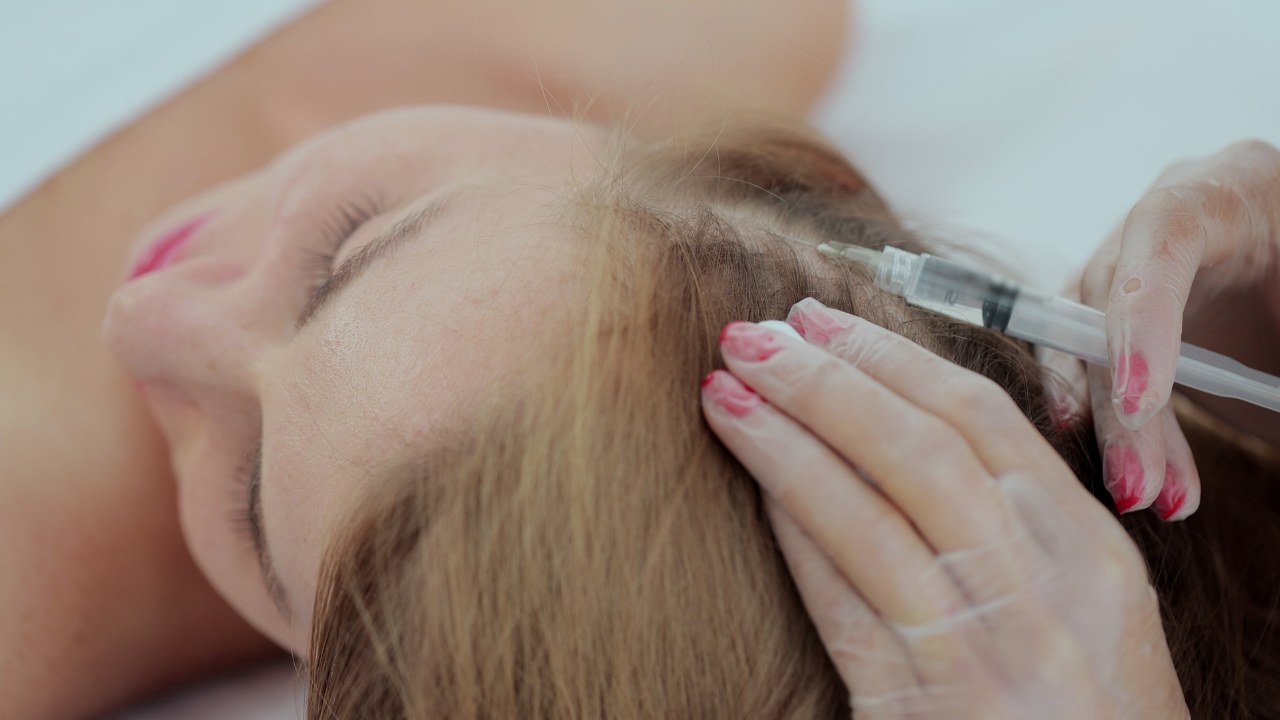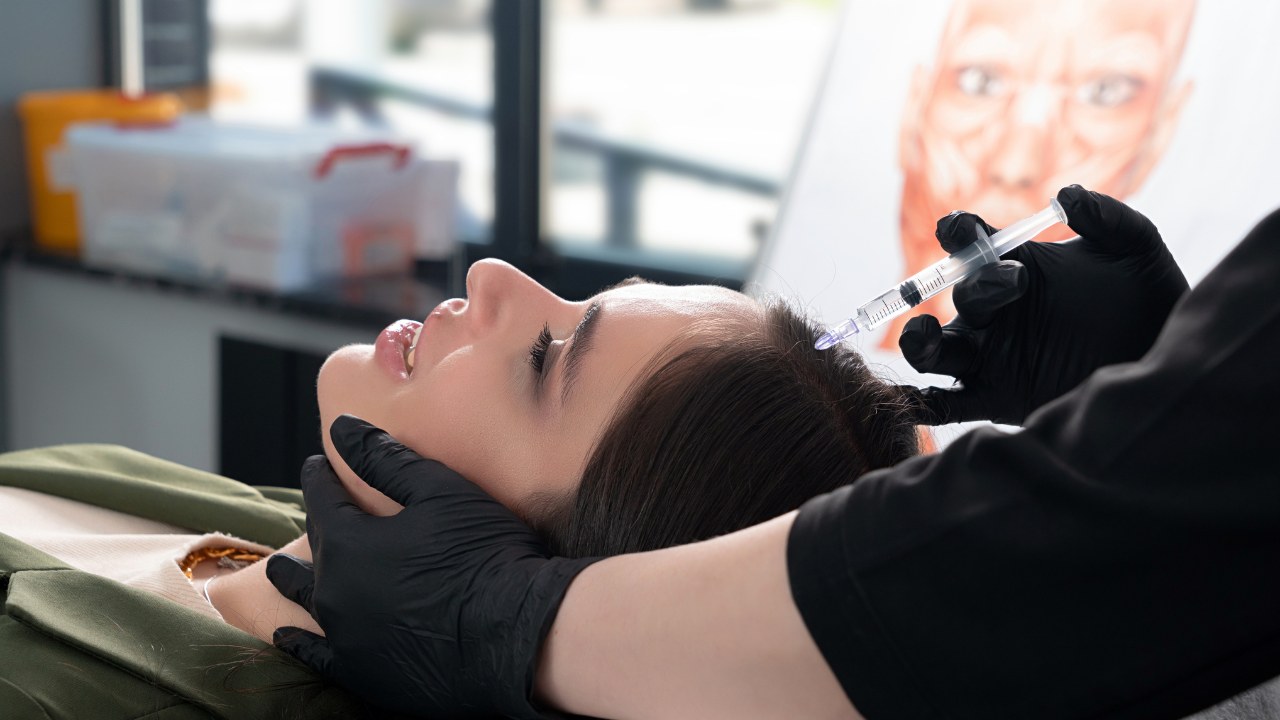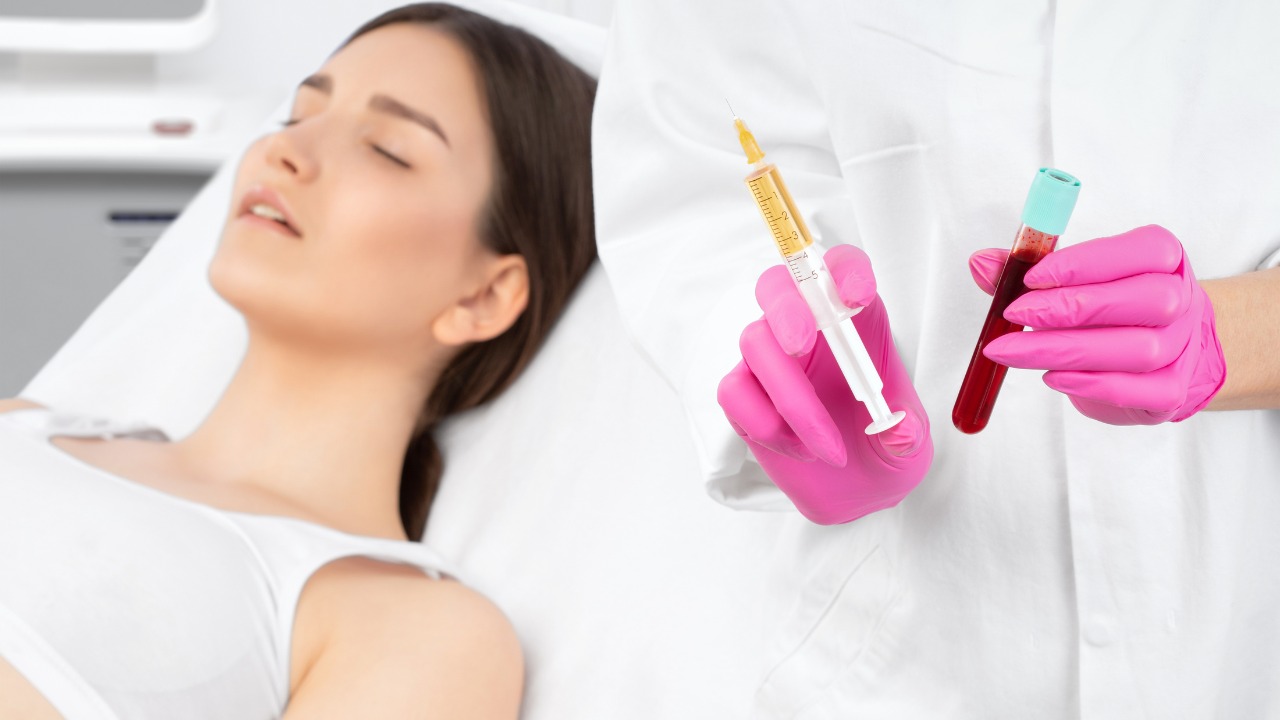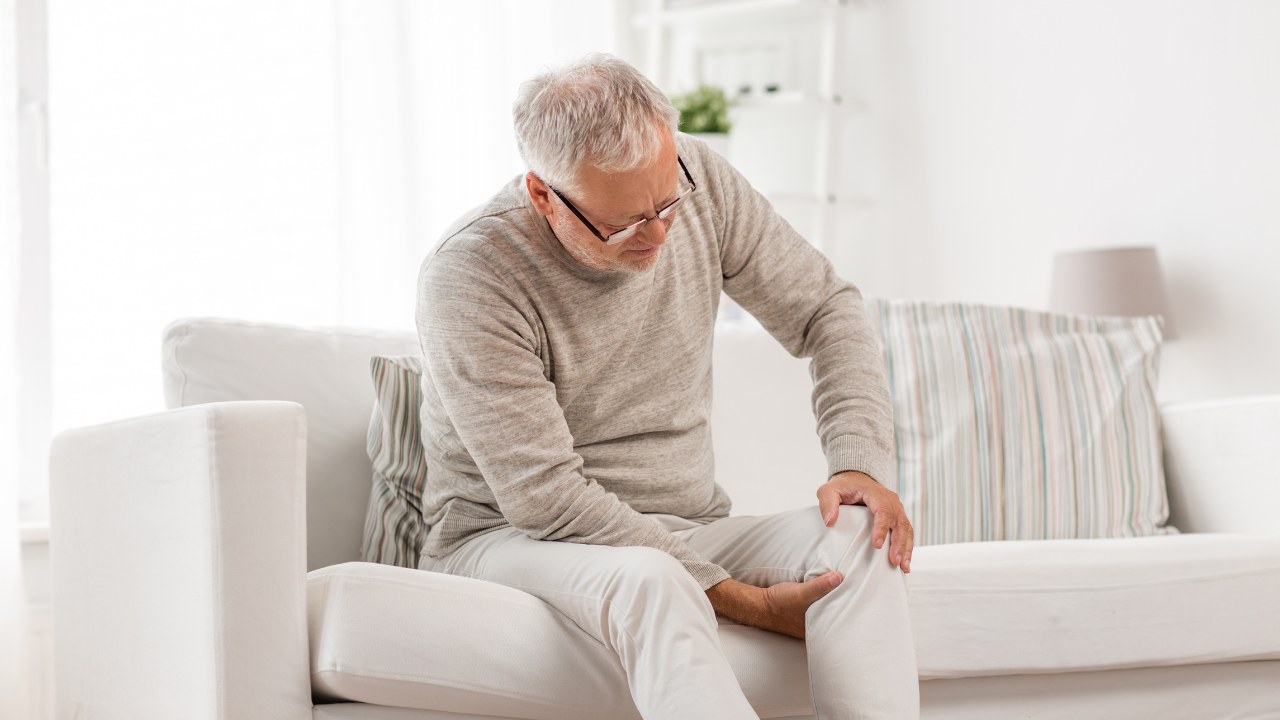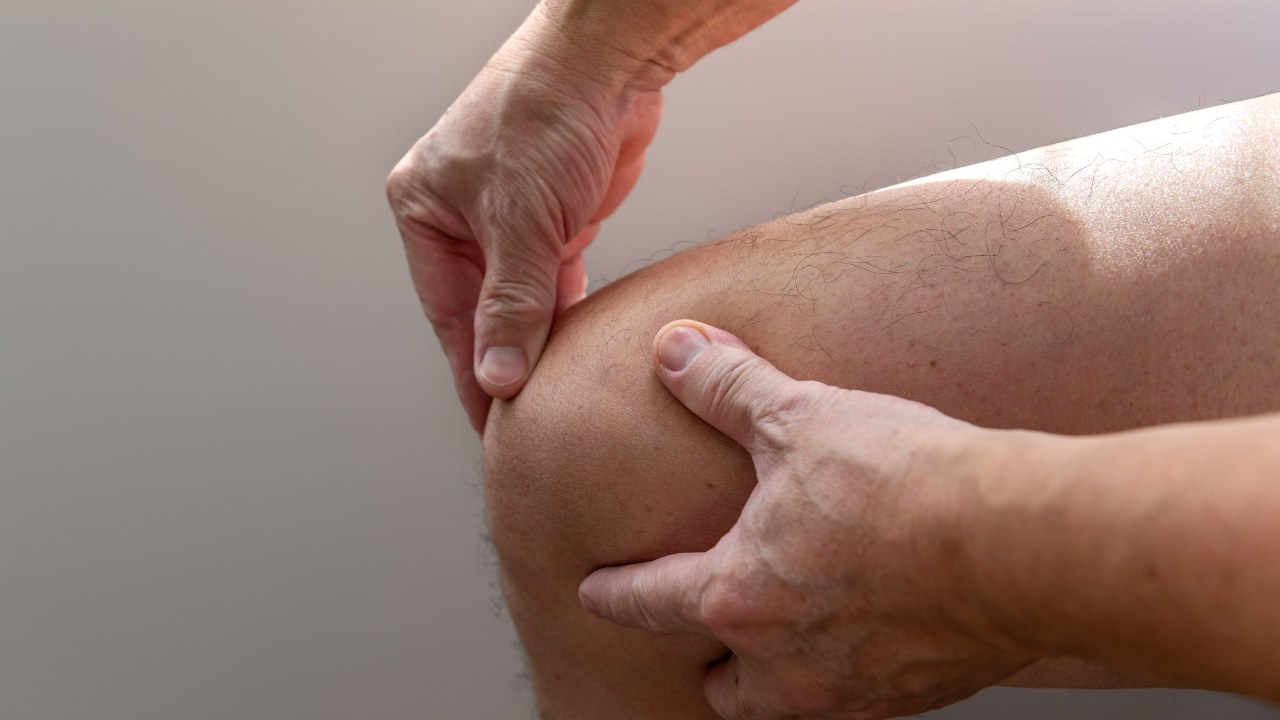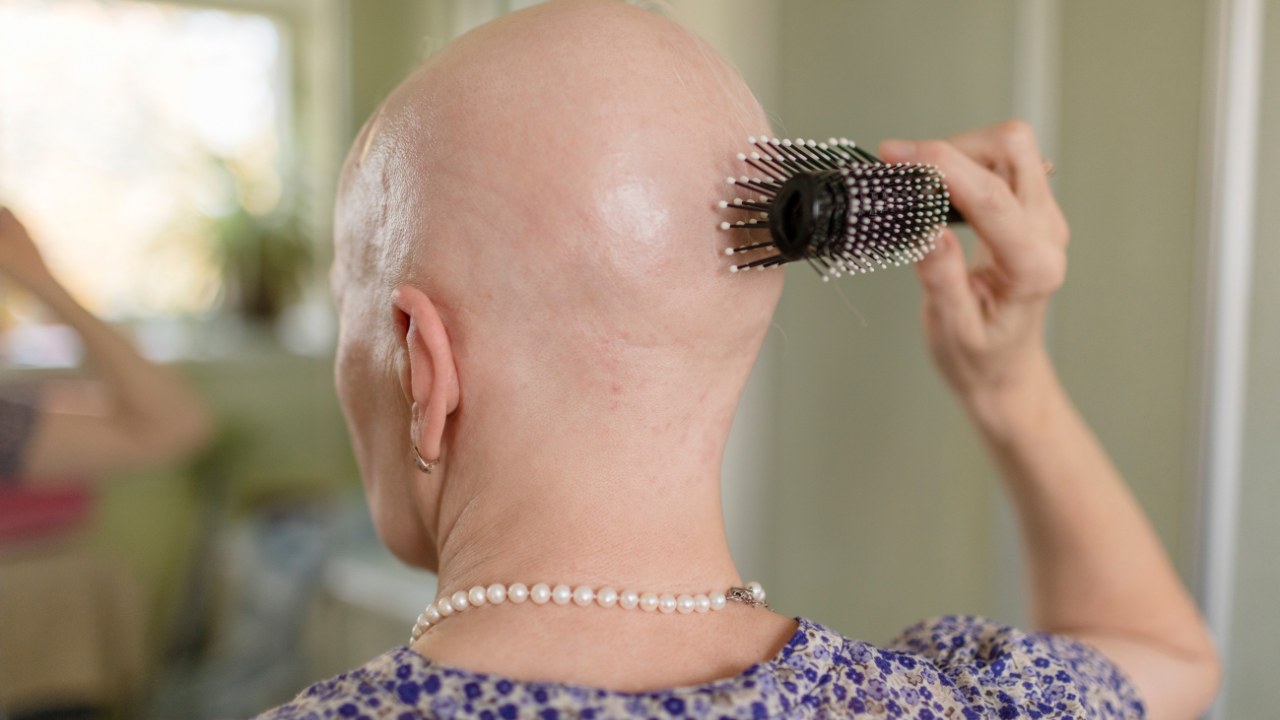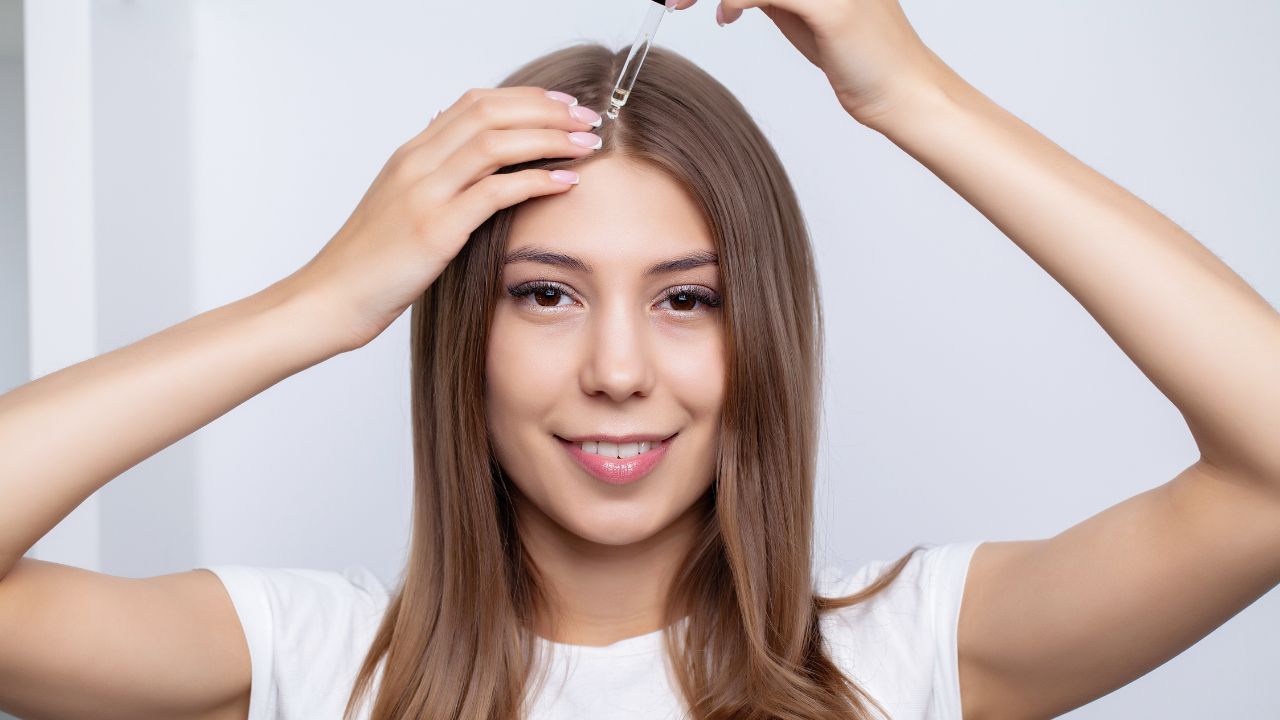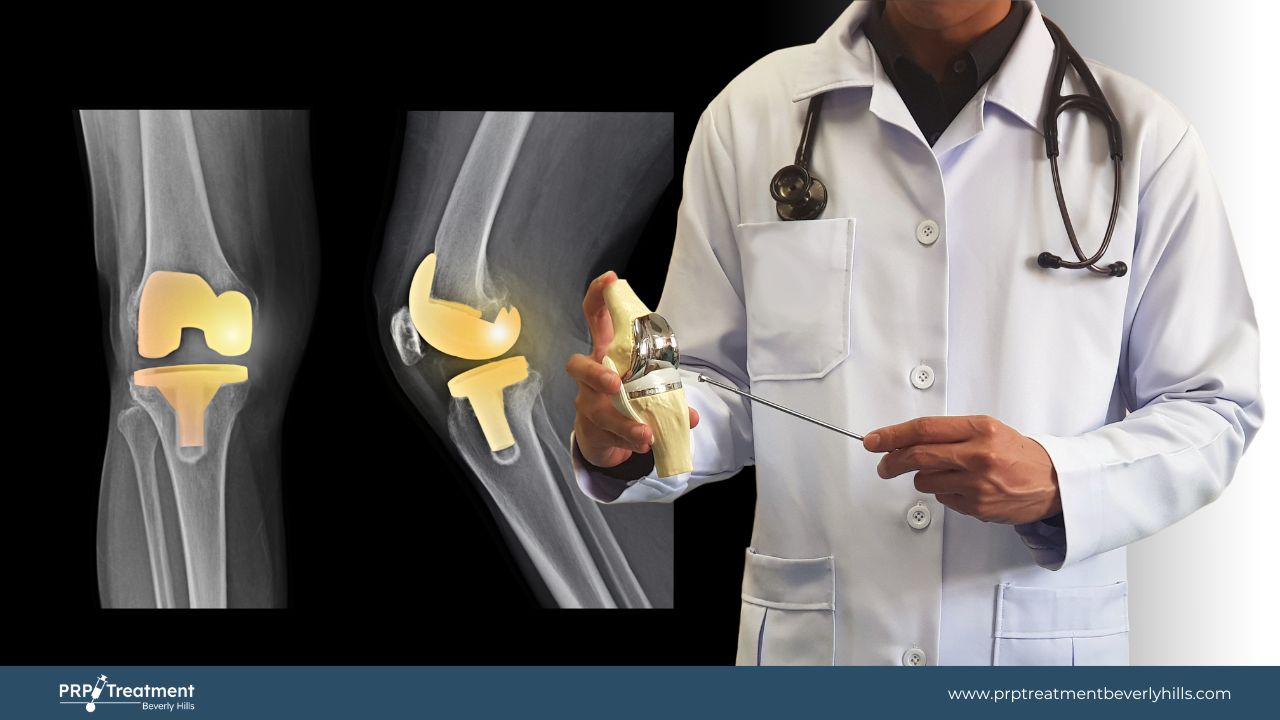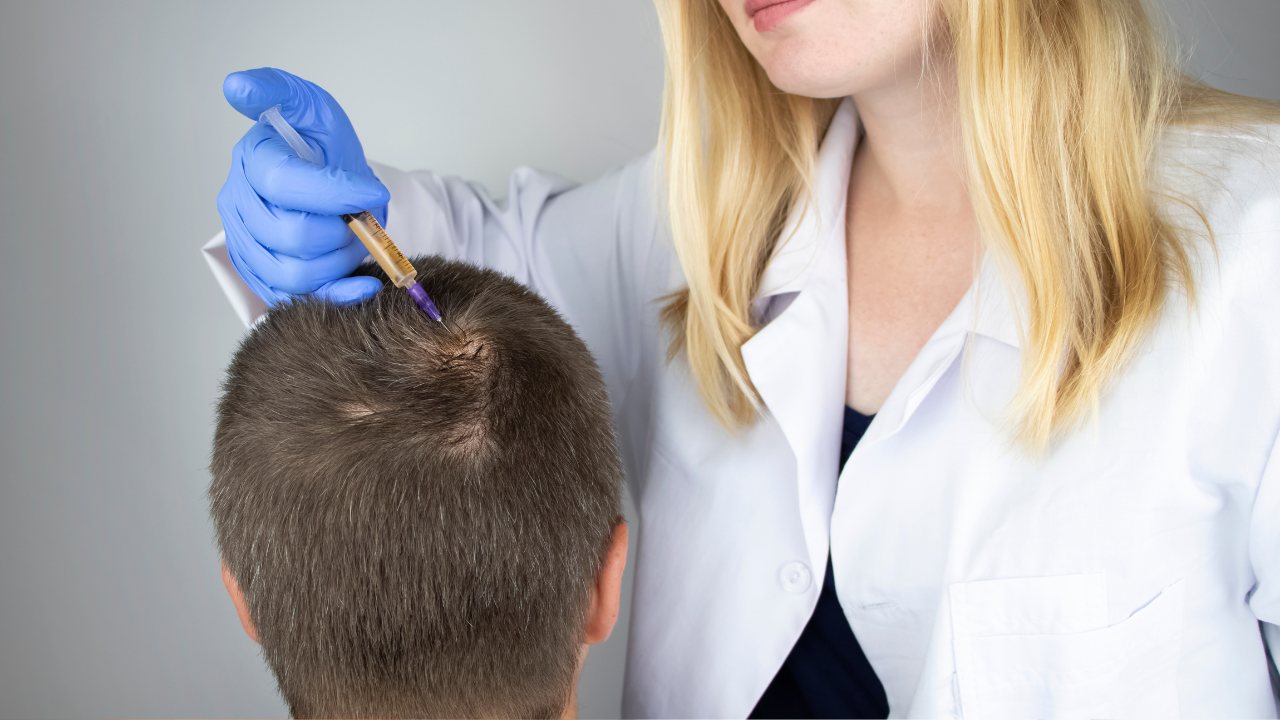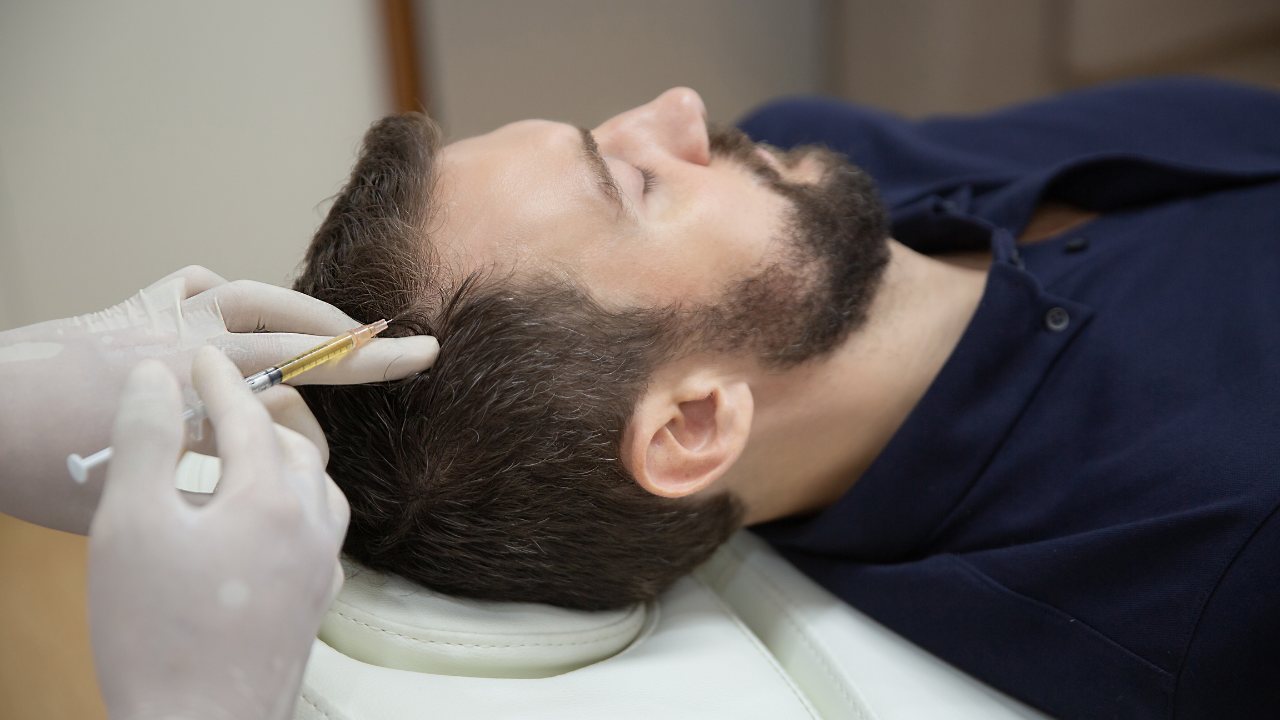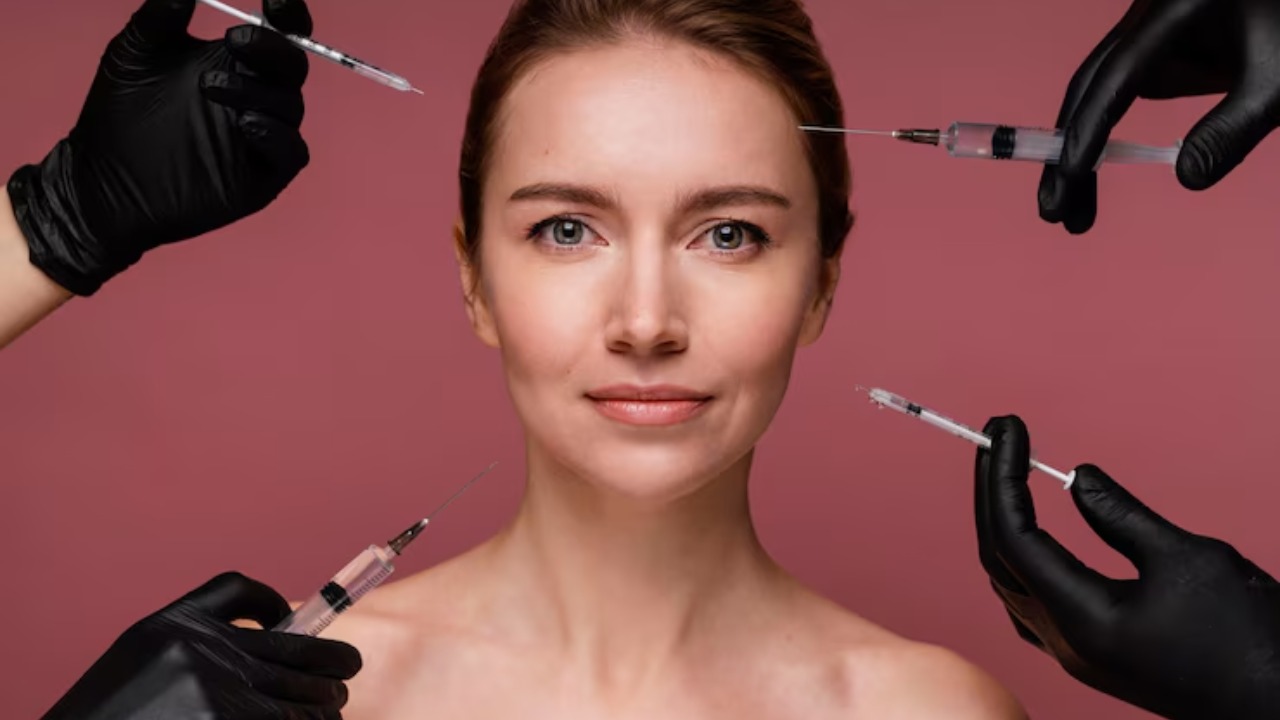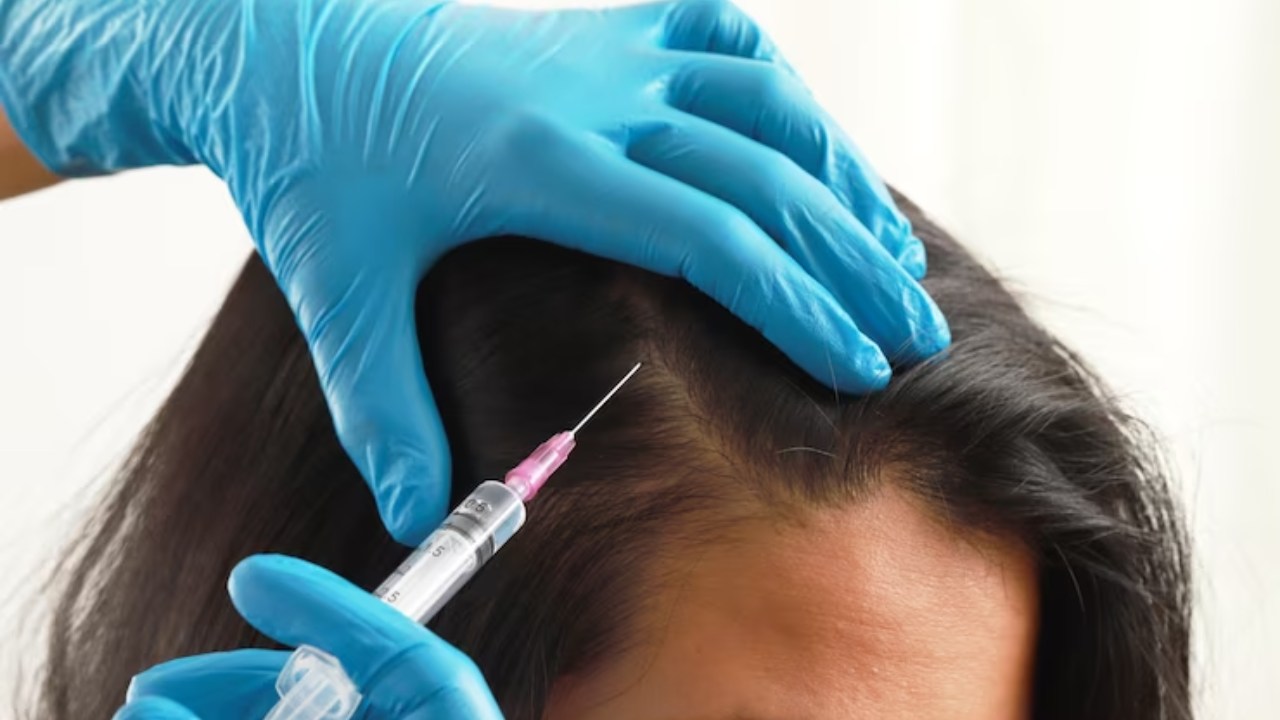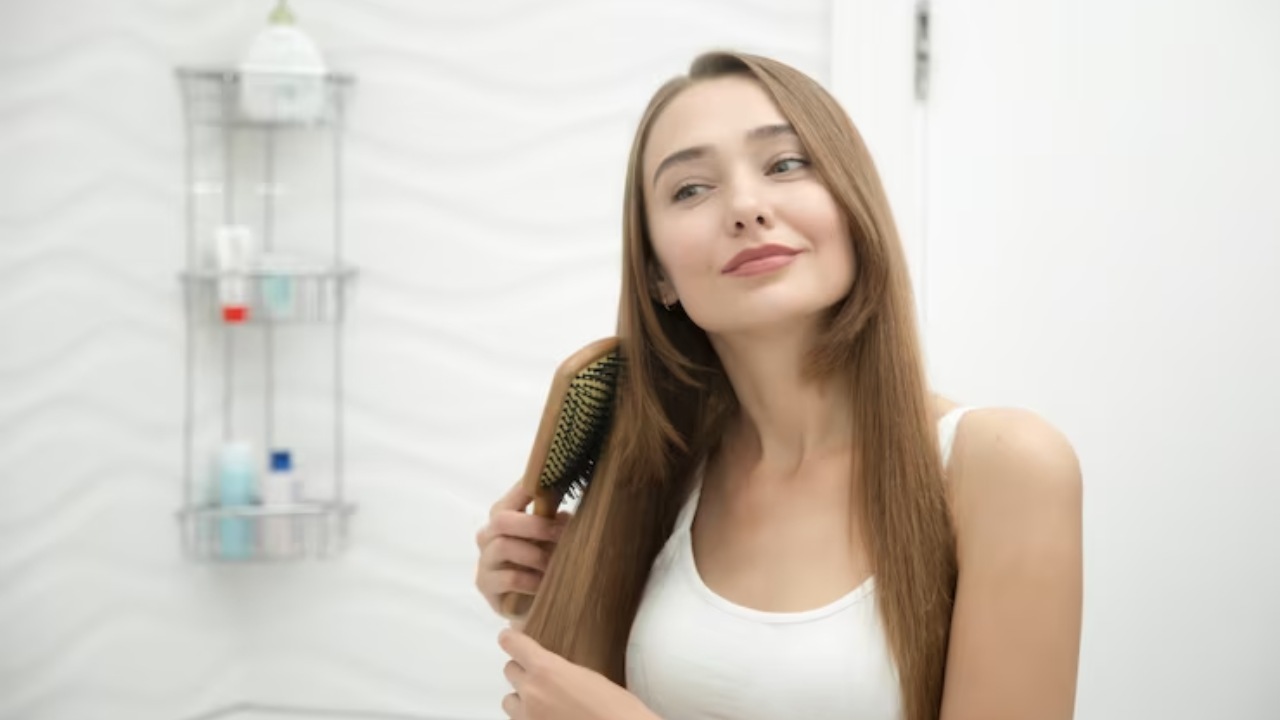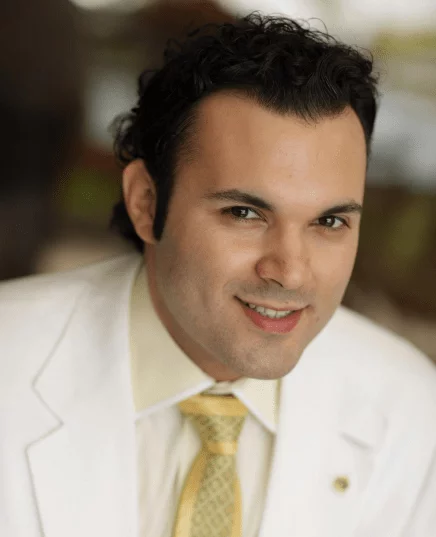If you’re looking for a solution for dark circles, puffiness, or fine lines under your eyes, Platelet-Rich Plasma (PRP) therapy might have caught your attention.
In the last few years, PRP treatments have become a popular skin treatment amongst celebrities and influencers. But one burning question remains – How long do the effects of PRP under-eye therapy last?
You’re not alone in your curiosity. Many people, just like you, are eager to understand what they can expect from this innovative treatment. And my goal is to provide you with the right answers without overwhelming you.
Hence, I selected today’s topic of discussion. So, without further ado, let’s discuss PRP under eye treatment and its longevity.
Platelet-Rich Plasma (PRP) Under Eyes Treatment
PRP under eyes treatment involves using your own blood, which is processed to concentrate the platelets rich in growth factors, and then injecting it into the under-eye area. These growth factors stimulate collagen production and enhance skin repair, addressing issues like dark circles, fine lines, and puffiness.
Many people are drawn to PRP because it uses the body’s own healing mechanisms, minimizing the risk of allergic reactions or side effects. A 2018 report agrees that PRP injections in the lower eye region are a safe, pain-free, and effective treatment option.
PRP Under Eyes: How Long Does It Last?
The effects of PRP can last anywhere from six months to a year, depending on factors such as skin type, age, and lifestyle. Unlike synthetic fillers, PRP works by stimulating your body’s natural collagen production, which means the improvements can be gradual but also more enduring.
Many patients notice a significant reduction in dark circles and fine lines after just one session, with optimal results often visible after a series of treatments. Follow-up sessions may be necessary to maintain a youthful and refreshed look
Factors Affecting Longevity
Skin type and Condition
The state of your skin plays a crucial role in determining how long the effects of PRP therapy will last. You get more benefits from PRP Therapy when your skin is well-hydrated and in good condition.
On the flip side, if your skin feels dry or you have fine lines, you might need a little extra TLC to keep those results going strong. That’s why it’s crucial to know your skin and tackle any issues head-on before diving into PRP therapy.
Here are some specific aspects of skin type and condition that can impact the effectiveness and durability of PRP treatments:
Hydration
Well-hydrated skin responds better to PRP therapy. Moisture in the skin supports the healing process and enhances the rejuvenating effects of the treatment. Dry skin may require additional care and maintenance to achieve and sustain optimal results.
Elasticity
Skin with good elasticity tends to hold the benefits of PRP therapy longer. Elastic skin can better accommodate the new collagen and tissue regeneration stimulated by PRP. Conversely, skin that has lost elasticity may not retain the treatment’s effects as long.
Collagen Levels
PRP therapy works by stimulating collagen production. If your skin already has a good baseline level of collagen, it may respond to the treatment. If you have lower collagen levels, you might see shorter-lasting results and may benefit from supplementary treatments to boost collagen production.
Before you consider PRP therapy for your under eyes, it’s crucial to know your skin type and deal with any existing issues beforehand. Talking to a dermatologist or skincare can give you personalized tips to make your PRP results last longer.
Sun Exposure
Sun exposure is a major factor that can influence how long the effects of your PRP under-eye treatment last. The sun’s ultraviolet (UV) rays are notorious for breaking down collagen and elastin fibers in the skin, both of which are crucial for keeping your skin looking youthful and firm.
Not only that, but the rays can undo the goodness of PRP therapy. Here’s a closer look at how too much sun can impact the results of your PRP therapy:
Collagen Breakdown
Exposure to UV radiation speeds up the degradation of collagen in your skin. Since PRP therapy aims to boost collagen production, excessive sun exposure can undermine the treatment’s benefits more quickly than you might expect.
Skin Damage
Spending a lot of time in the sun can cause various types of skin damage, including dark spots, fine lines, and other signs of aging. This damage can counteract the rejuvenating effects of PRP, making it harder to maintain a refreshed appearance.
To help your PRP treatment last longer, it’s essential to protect your skin from the sun. This means wearing a broad-spectrum sunscreen with a high SPF, putting on sunglasses to shield the delicate skin around your eyes, and trying to stay out of direct sunlight during peak UV hours.
By incorporating these sun protection habits into your daily routine, you can help ensure that your PRP results are long-lasting and your skin stays healthy and youthful.
Smoking Habit
Smoking isn’t just bad for your lungs—it’s also tough on your skin, especially if you’re considering PRP therapy for your under eyes. Here’s how smoking can sabotage your efforts:
Reduced Blood Flow
Smoking shrinks your blood vessels, which means less oxygen and fewer nutrients make their way to your skin. This slowdown in circulation hampers your skin’s ability to respond to PRP therapy, making it less effective.
Nutrient Depletion
Smoking also depletes your skin of essential nutrients like vitamin C, a key player in collagen production. With less of this vital nutrient, your skin may age prematurely, undoing the benefits of PRP.
Accelerated Aging
The chemicals in cigarette smoke speed up the aging process, leading to wrinkles, fine lines, and dull skin. These effects can counteract the rejuvenating effects of PRP therapy, making it harder to maintain a youthful appearance.
If you’re a smoker, cutting it down can do wonders for your skin and enhance the results of PRP therapy. By ditching cigarettes, you give your skin a better chance to heal and reap the full benefits of your treatment.
How Does PRP Work?
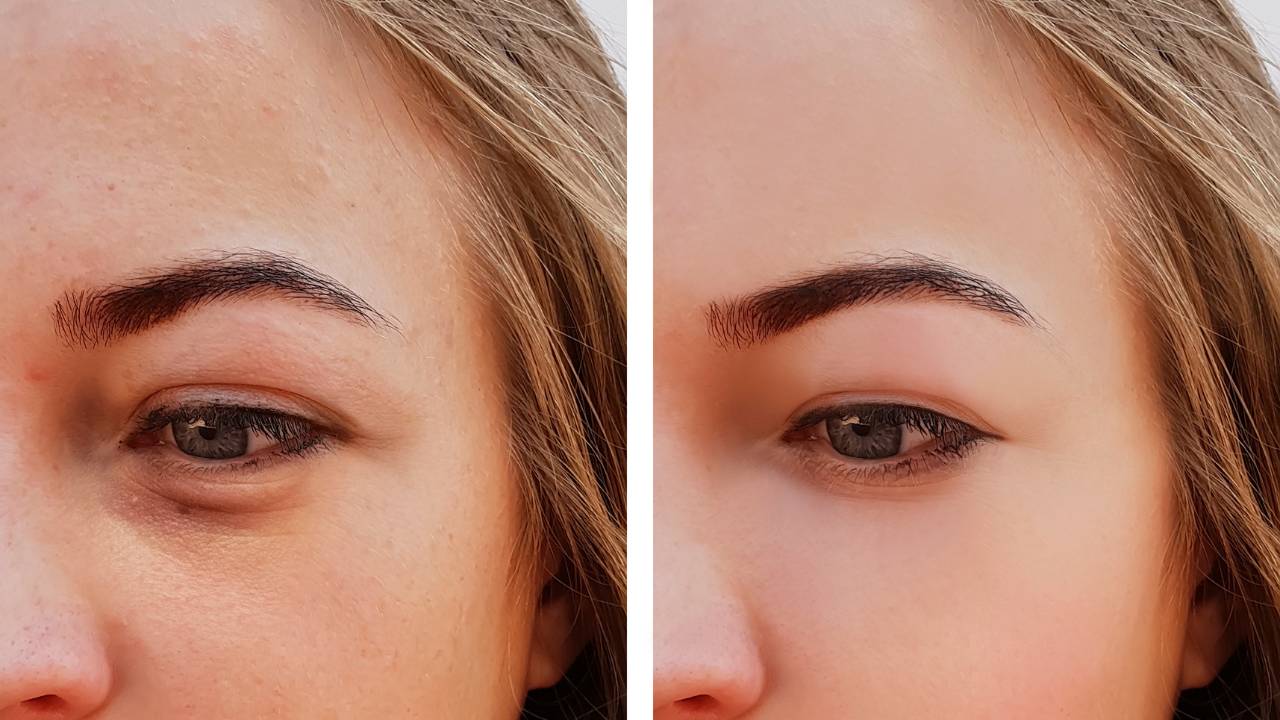
Platelet-Rich Plasma (PRP) therapy works its magic through a combination of natural processes that promote skin rejuvenation and healing. Here’s a closer look at how PRP gets the job done:
Growth Factors in PRP Stimulate Collagen Production
At the heart of PRP therapy are the growth factors found in your own blood. When PRP is injected into the skin, these growth factors spring into action, signaling the body to ramp up collagen production.
Collagen, often dubbed the “fountain of youth,” is responsible for maintaining skin elasticity and firmness. By stimulating collagen synthesis, PRP helps to minimize wrinkles, fine lines, and other signs of aging, leaving your skin looking smoother and more youthful.
Improves Blood Flow and Skin Health in the Under-eye Area
In addition to boosting collagen production, PRP therapy also works wonders for improving blood flow and overall skin health in the delicate under-eye area.
By enhancing blood circulation, PRP delivers vital nutrients and oxygen to the skin cells, promoting cell turnover and regeneration. This influx of nutrients helps to rejuvenate tired, dull-looking under-eye skin, reducing the appearance of dark circles and puffiness.
Additionally, PRP stimulates the production of hyaluronic acid, a key component of healthy skin that helps to maintain moisture levels and promote a plump, hydrated complexion.
Final Words
PRP under-eye therapy offers a promising solution for those looking to rejuvenate the delicate skin around their eyes. While the effects are not permanent, understanding the factors that influence the longevity of PRP treatments can help you maximize your results and enjoy a more youthful appearance for longer.
If you’re considering PRP under-eye therapy, consult us at PRP Treatment Beverly Hills. With the right approach, we can help you achieve and maintain the youthful look you desire.
If you have any questions or need further guidance on PRP under-eye treatments, don’t hesitate to reach out to us. We’re here to support you on your journey to looking and feeling your best.

